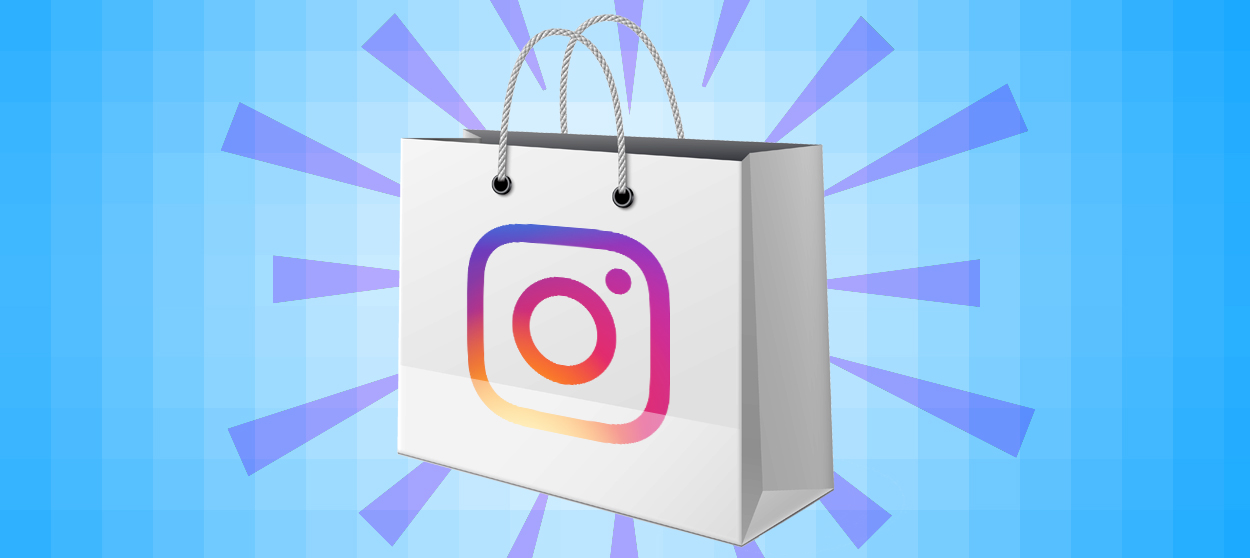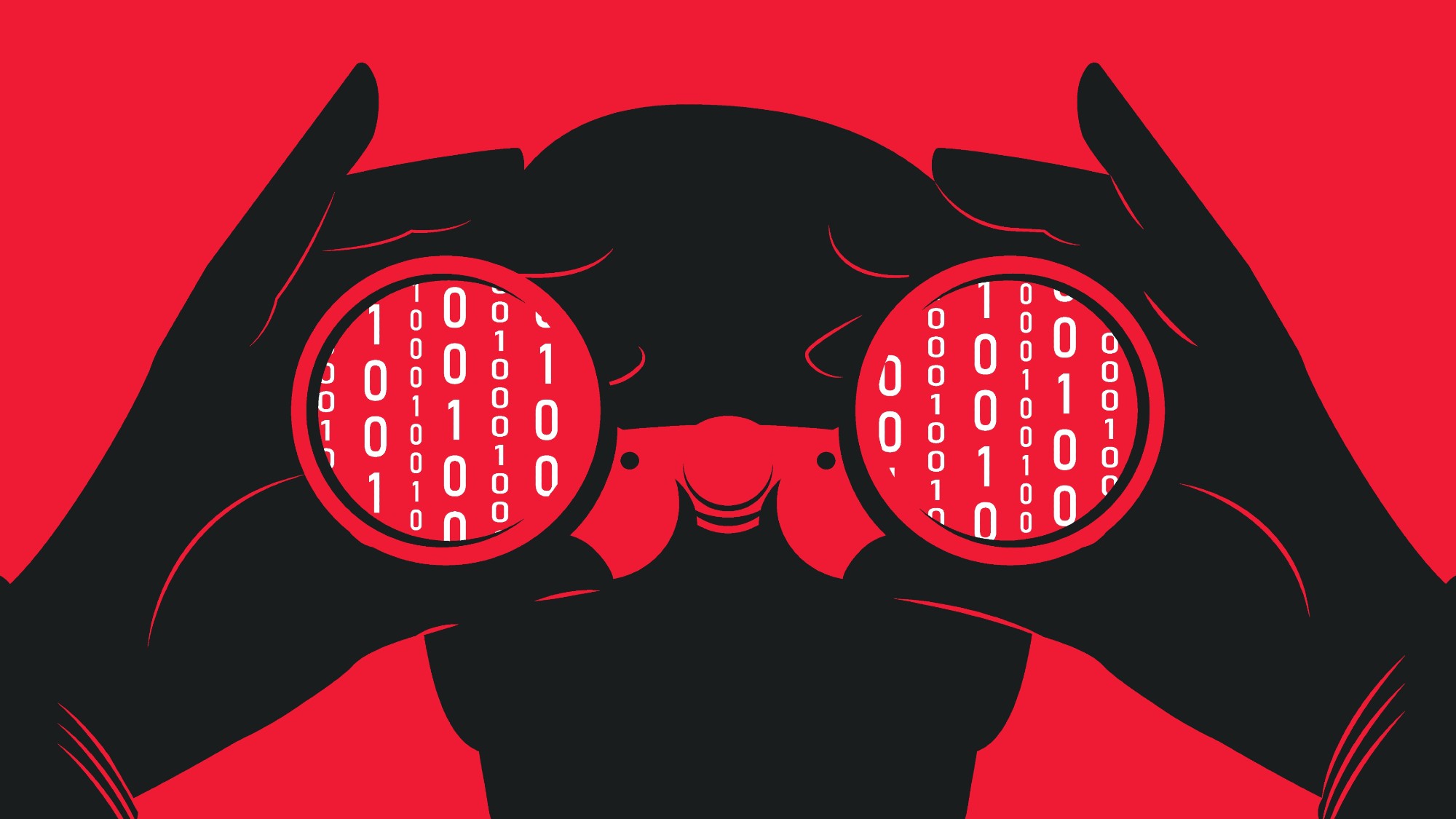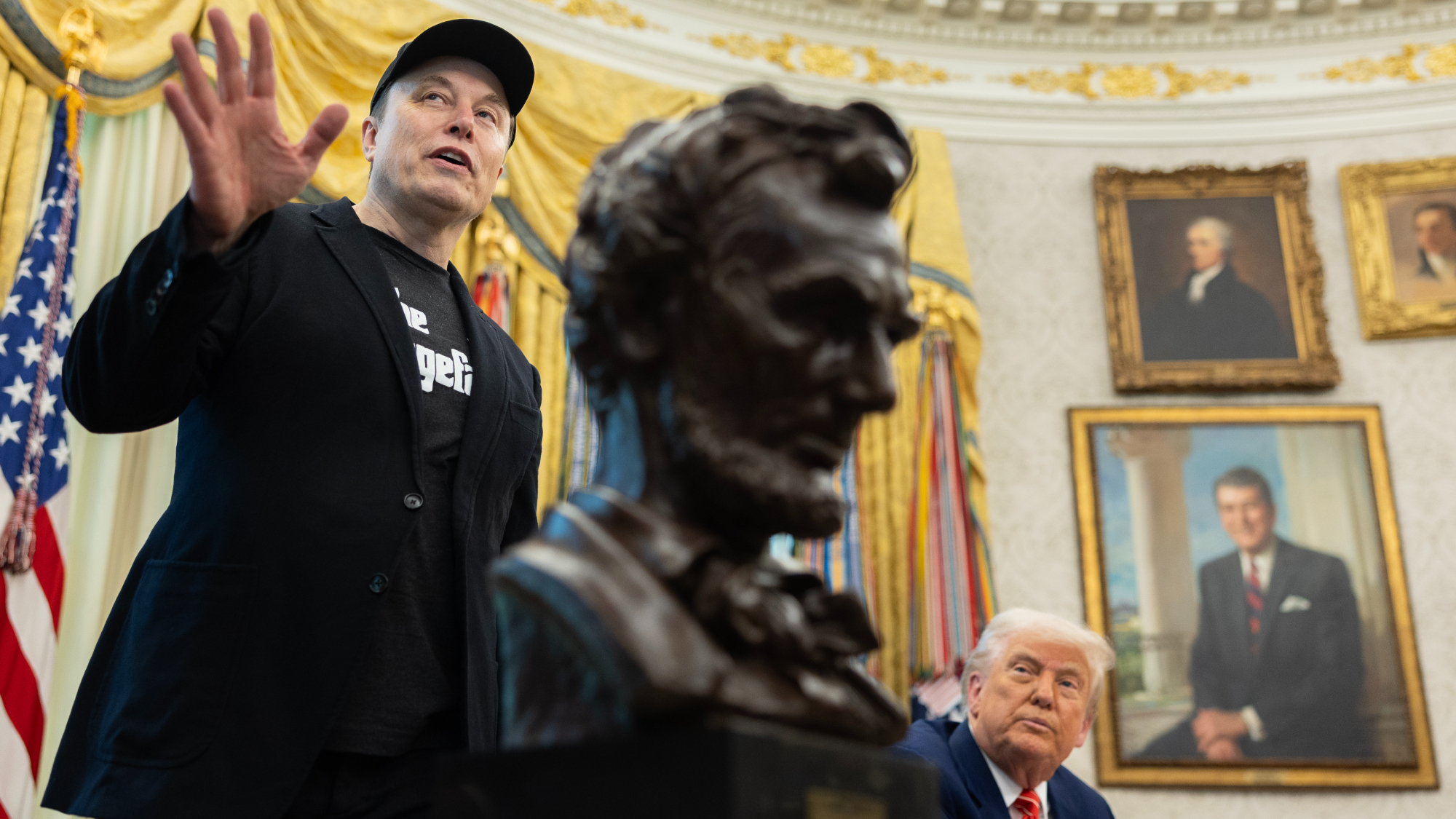Why Amazon should be worried about Instagram
The social platform is poised to become an e-commerce giant


If you spent any time at all online this week, then you no doubt were bombarded with news about Amazon's annual Prime Day sale. The sheer number of deals was so enormous during the two-day event that tech and news sites across the web took to posting best-of lists, helping consumers wade through the deluge of discounted goods (and hoping to garner some referral revenue in the process).
That it took an army of professional bloggers to filter the wheat from the chaff on Prime Day, however, also speaks to how difficult it is to find things on Amazon, and when online shopping in general. Amazon is notoriously tricky to browse. Products with minor differences are described and priced differently, prices change frequently, and thanks to poor search and haphazard recommendation, discovering what you want is often an exercise in frustration.
Enter Instagram. If for years Instagram was a place for filtered photographs and lifestyle porn, its next and far more lucrative phase is to challenge Amazon's dominance of online commerce. A unique mix of factors — most notably, the masses of consumer data at its command, and the influencer culture that arose and thrives on the platform — mean that Instagram is poised to become the future of online shopping.
The Week
Escape your echo chamber. Get the facts behind the news, plus analysis from multiple perspectives.

Sign up for The Week's Free Newsletters
From our morning news briefing to a weekly Good News Newsletter, get the best of The Week delivered directly to your inbox.
From our morning news briefing to a weekly Good News Newsletter, get the best of The Week delivered directly to your inbox.
There is, after all, a natural sort of synergy between Instagram and shopping. Beyond its huge scale — now well over a billion monthly users — Instagram, perhaps more than any other platform, is the cultural site of aspiration: where people both post their most cherished possessions and lust over the ones they most desire. The resulting blend of fashion, travel, food, and the conspicuous consumption of luxury goods on the site has turned Instagram into our culture's visual version of the wish list.
For much of its existence, though, Instagram was mostly a shopping catalog with no order form — that is, a place full of things to buy that you couldn't directly purchase. That is now starting to change. This year, Instagram introduced a feature that lets you check out from retailers in the app, without the cumbersome need to navigate to the sellers' site. That means that for an increasing number of retailers, consumers can pick up that t-shirt, pair of shoes, or piece of home décor they've been coveting as part of their regular browsing experience, often with just a click or two.
In that sense, Instagram has become a unique mix of ad and store in one product, a blend that makes perfect sense. The opportunity here is massive. While to tech-savvy, urban consumers, it can feel like online shopping is already the default, in truth, online still only accounts for somewhere around 12 percent of the total retail market. While there will naturally be an upper limit to the amount of things people will buy online — people still like to touch and feel things — that still means there are hundreds of billions of dollars of market value waiting to be captured. According to Deutsche Bank, ecommerce represents a $10 billion opportunity for the company.
Instagram's potential advantage over Amazon lies partly in its influencer culture. There is already a dynamic on the site of everyone from Kim Kardashian to the legions of Instagram models using the app to flog a variety of products, while others "advertise" brands without meaning to sell anything but themselves and their lifestyle. Building out an ecommerce function allows the company to capitalize on and monetize that culture, without needing to fundamentally interrupt or change their current users' habits.
A free daily email with the biggest news stories of the day – and the best features from TheWeek.com
But Instagram's potential doesn't only lie in that culture. Rather, Instagram and its parent company Facebook's entire business model has relied upon gathering data on users and then using that data to serve them ads based on their interests. That means the company already has an in-built network for recommendation that makes Amazon's "also bought with" function look positively basic. And because Facebook tracks users' browsing habits across much of the web, as consumers search for various products, they can open up Instagram and, voila, find an opportunity to buy them.
Unseating the market leader won't be easy, of course. Amazon is as much an infrastructure company as they are a retail outfit, and their logistical capabilities are massive and wide-ranging. Instagram's secret weapon is what it represents to consumers: the site at which their desires are fed back to them. Its challenge to Amazon will be in what it knows about its users and how it caters to what it knows they want — a potent mix that suggests e-commerce has not yet hit its prime.
Navneet Alang is a technology and culture writer based out of Toronto. His work has appeared in The Atlantic, New Republic, Globe and Mail, and Hazlitt.
-
 ‘This is a structural weakening of elder protections’
‘This is a structural weakening of elder protections’Instant Opinion Opinion, comment and editorials of the day
-
 4 tips to safeguard your accounts against data breaches
4 tips to safeguard your accounts against data breachesThe Explainer Even once you have been victimized, there are steps you can take to minimize the damage
-
 The Week's year-end quiz
The Week's year-end quizPuzzles and quizzes Test how well you followed the news with our year-end quiz
